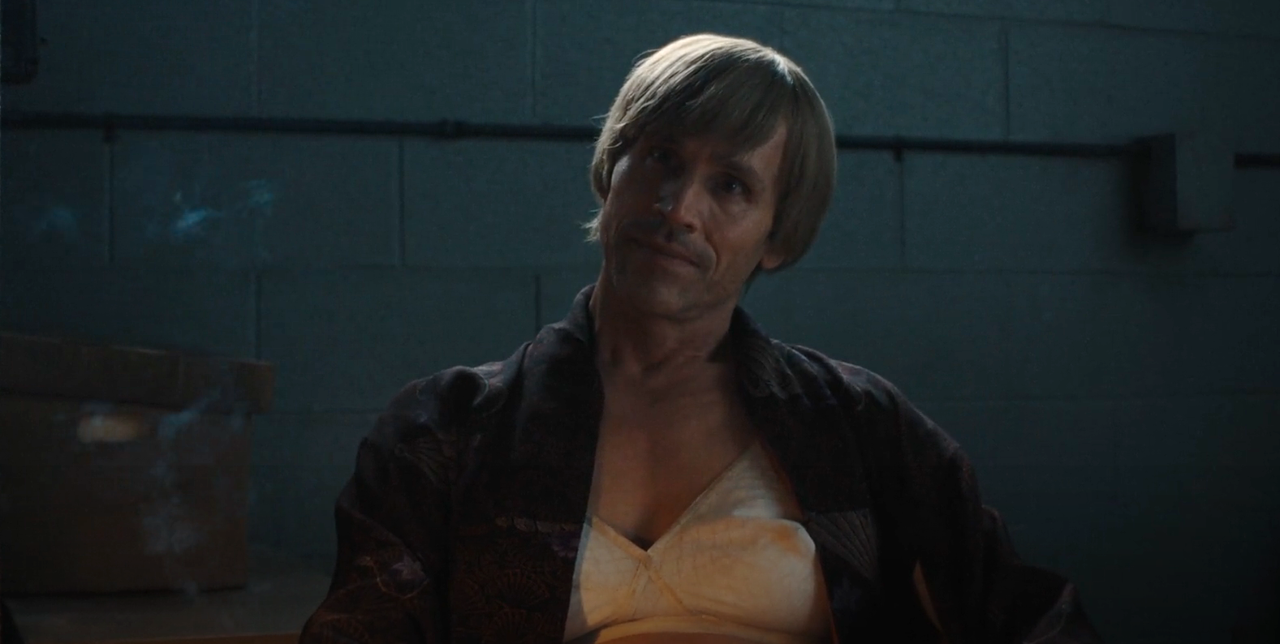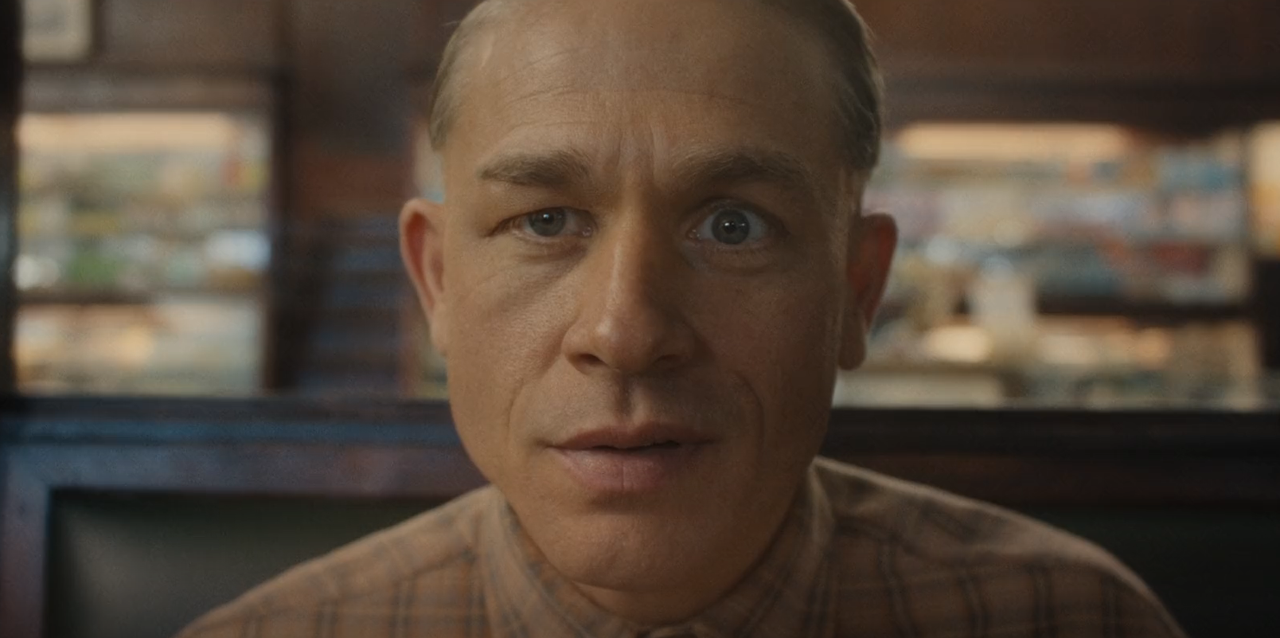In Ryan Murphy and Ian Brennan’s ‘Monster: The Ed Gein Story,’ which succeeds ‘The Jeffrey Dahmer Story’ and ‘The Lyle and Erik Menendez Story,’ the focus is on Ed Gein, the body snatcher turned serial killer who has terrorized the American consciousness for nearly a century. As the third season of Netflix’s biographical crime drama series, ‘Monster,’ the show taps into the criminal mind with a balanced perspective, examining its origins as a contest between nature and nurture. To that end, Ed Gein’s mental health condition also becomes relevant to the discourse, as does the cultural legacy he leaves behind. A dramatization of the creation of Hitchcock’s ‘Psycho,’ among other classics inspired by Ed, becomes the narrative’s primary vessel for exploring the zeitgeist of that period. While the story is informed by multiple real-life events, it does not shy away from adding some fiction into the mix to expand its scope. SPOILERS AHEAD.
The Birdman is the Nickname of an Incarcerated Serial Killer With Ties to Ed Gein
In the season finale of ‘Monster: The Ed Gein Story,’ titled ‘The Godfather,’ the eponymous serial killer’s story runs parallel to that of another criminal known as “the Birdman.” While the latter is incarcerated in the Stateville Correctional Center in Illinois, their unique lifestyle brings numerous augmentations to the conventional prison experience. From the get-go, what stands out the most about the Birdman is the narrative emphasis on their enlarged breasts, which makes their sexual orientation all the more ambiguous. The Birdman solicits sexual services from other inmates in return for cigarettes, money, or drugs, which in turn earns them a degree of notoriety in prison. Later in the episode, however, the Birdman is revealed to be a serial killer named Richard Speck, whose crimes involve the murder and assault of eight nurses in their South Deering, Chicago residence.

Richard Speck’s involvement in the narrative goes beyond their time in prison, as their fan letter to Ed Gein ripples out a chain of events culminating in Ted Bundy’s arrest. Notably, Speck’s sexuality takes center stage in most of their appearances, as the letter to Gein is also attached with a photograph of Speck’s breast. Based on their activity as an inmate, an interpretation can be made that Speck employs their sexuality as a mechanism to thrive in the prison environment. This also entails a psychological effect, one that is amplified by their consistent use of drugs and other means of intoxication. Ed Gein’s dream sequence, where Speck tries to derive sexual pleasure from their interaction, points to the larger themes of the story, questioning how a person’s sexual desires, repressed or expressed, can alter other elements of their psyche and their subsequent actions in a lived environment.
Richard Speck Was a Real Serial Killer With a Complicated Prison Life
The character of Richard Speck, or the Birdman, is largely based on the real-life serial killer by the same name, who was convicted on April 15, 1967, for the murder of eight student nurses. While Speck was initially given the death sentence, the judgment was reversed on June 28, 1971, by the Supreme Court, citing their June 3, 1968, decision in Witherspoon v. Illinois. The latter fact makes its appearance in the show as well, with its rendition of Speck expressing joy at the existence of such legal precedent. While records about his sexual orientation are slim, Speck was speculated to have undergone hormone therapy while in prison, which resulted in his alleged gynecomastia. In a report by CBS News, a 1988 videotape of the serial killer was made public, in which he detailed his experience as an inmate. Many of the creative decisions exercised in the show’s take on Richard Speck are inspired by the contents of this tape.

In the recorded interview, Speck spoke about his easy access to drugs and money, following which he stated, “If they only knew how much fun I was having, they would turn me loose.” While that sentiment is also featured in the show, its similarities to real-life accounts cease there. The major chunk of how he is portrayed on screen is a fictionalization undertaken by writer Ian Brennan solely for the purpose of the narrative. To that end, his epistolary dynamic with Ed Gein is not mentioned in real-life records of either serial killer, and the same can be said about the former’s supposed connection to Ted Bundy. Furthermore, Speck’s sexual relationship with Ed is also a creative addition meant to enrich the thematic structure of the story. While the nickname “Birdman” is not explained in the show, its origins can be found in Speck’s real-life practice of keeping two sparrows as pets, who would routinely return to his prison cell in the Stateville Correctional Center.
Read More: Monster: Are Ed Gein’s Skin Suit and Face Mask Real, Prosthetic or CGI?


